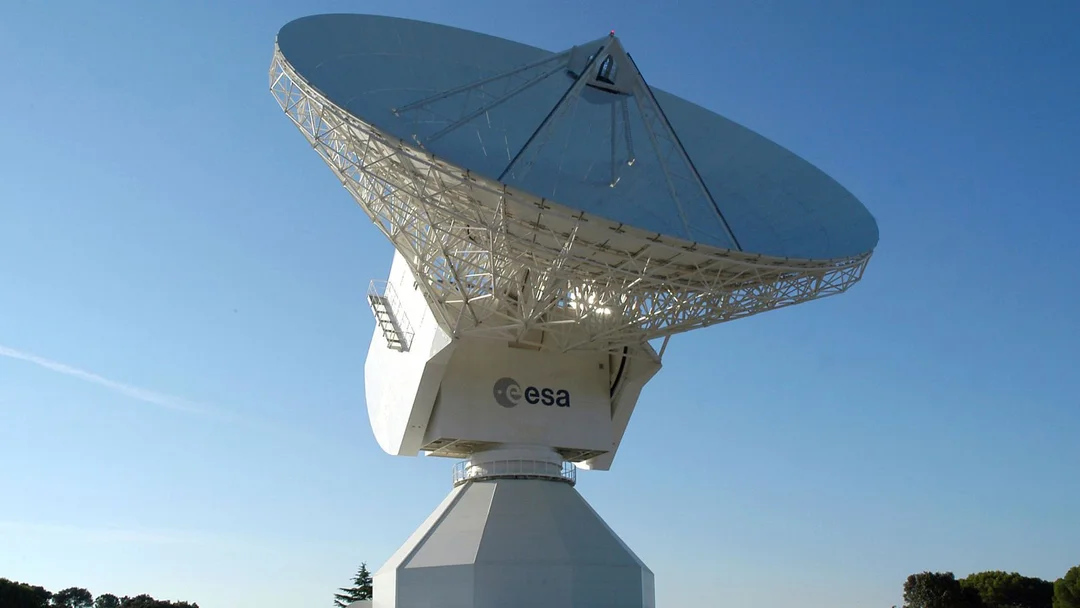
ESA to Beam ‘Blue Danube’ Waltz into Deep Space: A Cosmic Overture
Get ready for a truly cosmic performance! The European Space Agency (ESA) is planning an unprecedented event: broadcasting Johann Strauss's iconic 'Blue Danube' waltz into the vastness of space. This isn't just a musical event; it's a celebration of space exploration, international collaboration, and a touch of cinematic history. Why is this important? Because it symbolizes humanity's ongoing quest to reach beyond our planet, using art and technology to connect with the cosmos.
The broadcast, scheduled for May 31, 2025, coincides with several key anniversaries: the ESA's 50th anniversary, the 20th anniversary of its 'Cebreros' space antenna, and the 200th birthday of Johann Strauss II himself. The choice of music is particularly poignant, as 'The Blue Danube' famously graced Stanley Kubrick's masterpiece, '2001: A Space Odyssey', forever linking the waltz with the vision of space exploration.

The Vienna Symphony Orchestra will perform the waltz live, and the ESA's Cebreros antenna in Spain will transmit part of the concert into deep space. In fact, you can watch the concert online!
According to ESA director general Josef Aschbacher, this broadcast is about opening "the imaginations of future space scientists and explorers who may one day journey to the anthem of space."
The 'Blue Danube' will be aimed towards Voyager 1, launched in 1977; while that historic probe carries a golden record with sounds and images of Earth, Strauss's waltz was notably absent. The Vienna Tourist Board frames this broadcast as correcting a "cosmic mistake," ensuring the "most famous of all waltzes" reaches its rightful interstellar destination.

But this isn't the first time that sounds from Earth have been sent to the stars. In 2008, NASA broadcast The Beatles' 'Across The Universe' to mark its 50th anniversary, and last year, Missy Elliott's 'The Rain (Supa Dupa Fly)' was beamed towards Venus. These transmissions signify humanity's desire to communicate, to share our art and culture with potential extraterrestrial civilizations.
The Cebreros station, a vital part of ESA's Estrack network, plays a crucial role in this endeavor. This 35-meter-wide dish supports missions like BepiColombo, Euclid, Juice, Hera, Rosetta, Mars Express, and NASA’s Perseverance rover.
Strauss's "Blue Danube" will traverse the cosmos at light speed, reaching the moon in a mere 1.5 seconds, Mars in 4.5 minutes, Jupiter in 37 minutes, and Neptune in four hours. It's a journey that underscores the vastness of space and the speed at which our messages can travel.This event is more than just a concert beamed into space. It's a symbol of human ingenuity, our boundless curiosity, and our enduring hope for connection. What do you think? Is sending music into space a worthwhile endeavor? Share your thoughts in the comments below!